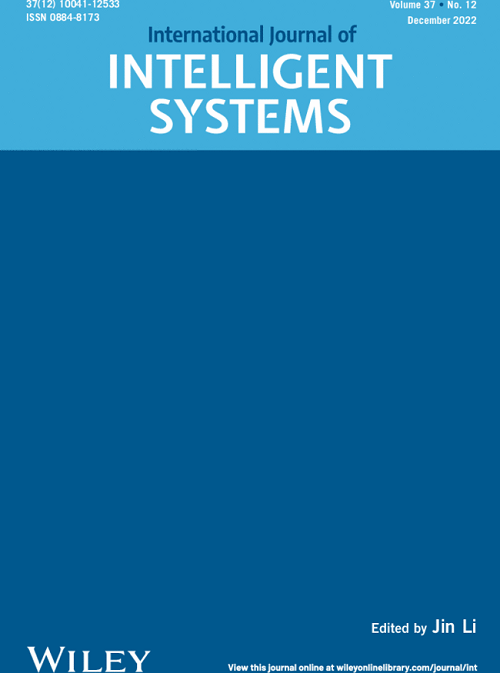GRD-Net:基于兴趣区域关注模块的生成-重构-判别异常检测
IF 5
2区 计算机科学
Q1 COMPUTER SCIENCE, ARTIFICIAL INTELLIGENCE
引用次数: 0
摘要
如今,异常检测越来越多地应用于工业应用和过程中。该设备的主要领域之一是表面异常检测的目视检查,其目的是发现偏离规则的区域,从而识别异常产品。缺陷定位是一项关键任务,通常通过生成图像与原始图像的基本比较来实现,在后处理步骤中实现一些blob分析或图像编辑算法,这些算法非常偏向于源数据集,并且无法泛化。此外,在工业应用中,图像的整体并不总是有趣的,而可能是一个或一些感兴趣的区域(roi),只有在这些区域中才有相关的异常被发现。基于这些原因,我们提出了一个由两个块组成的新架构。第一个块是基于残差自动编码器(ResAE)的生成式对抗网络(GAN),用于执行重建和去噪过程,而第二个块用于进行图像分割,发现缺陷。该方法从由良好产品和生成的合成缺陷组成的数据集中学习。鉴别网络使用训练数据集中包含的每个图像的ROI进行训练。网络将了解哪些区域的异常是相关的。这种方法保证减少使用预处理算法,以前开发的blob分析和图像编辑程序。为了测试我们的模型,我们使用了具有挑战性的MVTec异常检测数据集和一个工业大型制药BFS小瓶条数据集。这个集合构成了上述网络的一个更现实的用例。本文章由计算机程序翻译,如有差异,请以英文原文为准。
GRD-Net: Generative-Reconstructive-Discriminative Anomaly Detection with Region of Interest Attention Module
Anomaly detection is nowadays increasingly used in industrial applications and processes. One of the main fields of the appliance is the visual inspection for surface anomaly detection, which aims to spot regions that deviate from regularity and consequently identify abnormal products. Defect localization is a key task that is usually achieved using a basic comparison between generated image and the original one, implementing some blob analysis or image-editing algorithms in the postprocessing step, which is very biased towards the source dataset, and they are unable to generalize. Furthermore, in industrial applications, the totality of the image is not always interesting but could be one or some regions of interest (ROIs), where only in those areas there are relevant anomalies to be spotted. For these reasons, we propose a new architecture composed by two blocks. The first block is a generative adversarial network (GAN), based on a residual autoencoder (ResAE), to perform reconstruction and denoising processes, while the second block produces image segmentation, spotting defects. This method learns from a dataset composed of good products and generated synthetic defects. The discriminative network is trained using a ROI for each image contained in the training dataset. The network will learn in which area anomalies are relevant. This approach guarantees the reduction of using preprocessing algorithms, formerly developed with blob analysis and image-editing procedures. To test our model, we used challenging MVTec anomaly detection datasets and an industrial large dataset of pharmaceutical BFS strips of vials. This set constitutes a more realistic use case of the aforementioned network.
求助全文
通过发布文献求助,成功后即可免费获取论文全文。
去求助
来源期刊

International Journal of Intelligent Systems
工程技术-计算机:人工智能
CiteScore
11.30
自引率
14.30%
发文量
304
审稿时长
9 months
期刊介绍:
The International Journal of Intelligent Systems serves as a forum for individuals interested in tapping into the vast theories based on intelligent systems construction. With its peer-reviewed format, the journal explores several fascinating editorials written by today''s experts in the field. Because new developments are being introduced each day, there''s much to be learned — examination, analysis creation, information retrieval, man–computer interactions, and more. The International Journal of Intelligent Systems uses charts and illustrations to demonstrate these ground-breaking issues, and encourages readers to share their thoughts and experiences.
 求助内容:
求助内容: 应助结果提醒方式:
应助结果提醒方式:


